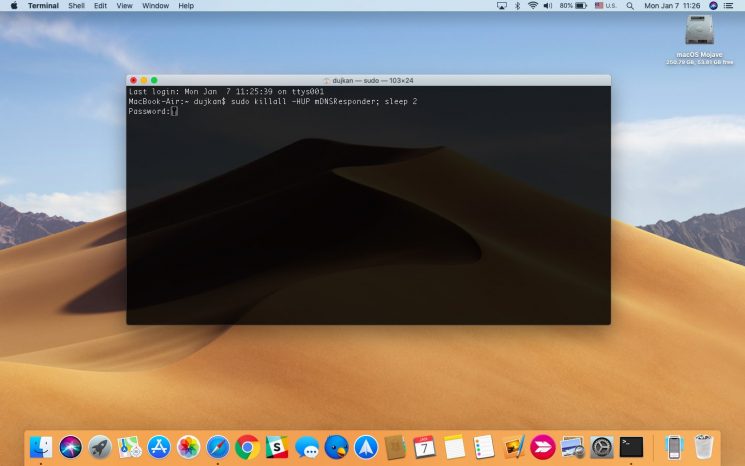
/InstallSnowLeopard-56a5d52e5f9b58b7d0dea15f.jpg)

It is like a contact book on your phone that connects the contact's name to their phone number and email. It changed and improved throughout the years, but it is still used today to make our time on the internet more convenient.Īs briefly mentioned before, DNS is responsible for translating a hostname into an IP address. Later, in 1983, Paul Mockapetris, a computer scientist, created the Domain Name System. Due to the fast internet growth, as more people and devices started to join, it became quite hard to use IP addresses. In the early stages of the internet, it was way easier for users to use specific IP addresses as the network was very small. It is a naming system that turns a domain name, for example,, into an IP address (a unique label consisting of multiple characters). Thanks to the Domain Name System, or in short, DNS, you do not need to memorize complex IP addresses such as 1440:cb10:0088:1::b609:d7a2. When you want to visit a website, you usually enter the domain name into the browser's address, and your browser loads it, but web browsers use IP addresses to connect with websites.
#MAC CACHE CLEANER SNOW LEOPARD MAC#
It does not store any personal data.How to Clear DNS Cache on Your Mac And On Popular Browsers The cookie is set by the GDPR Cookie Consent plugin and is used to store whether or not user has consented to the use of cookies. The cookie is used to store the user consent for the cookies in the category "Performance". This cookie is set by GDPR Cookie Consent plugin. The cookie is used to store the user consent for the cookies in the category "Other. The cookies is used to store the user consent for the cookies in the category "Necessary". The cookie is set by GDPR cookie consent to record the user consent for the cookies in the category "Functional". The cookie is used to store the user consent for the cookies in the category "Analytics". These cookies ensure basic functionalities and security features of the website, anonymously. Necessary cookies are absolutely essential for the website to function properly. You can also follow me on: Twitter and Linkedin For the last ten years I have worked as an Affiliate and Consultant to many different business and start ups, my key skill set being online marketing, on page monetisation, landing page optimisation and traffic generation, if you would like to hire me or discuss your current project please reach out to me here. As the publishing and printing sector wained I moved into Internet Marketing and in 2006 co-founded which grew to become one the top 200 visited sites in the US (according to Quantcast), at its peak receiving over 15 million visits per month. I've been a passionate evangelist for Apple and the Macintosh throughout my working life, my first love was a Quadra 605 working with a small creative agency in the south of Norfolk UK in the mid 1990's, I later progressed to other roles in other Macintosh dominated industries, first as a Senior graphic designer at a small printing company and then a production manager at Guardian Media Group. To clear your computer entirely of cache files with CleanMyMac 3 you only have to perform 4 steps: If you are not totally comfortable with navigating your Mac’s filesystem and deleting the Cache files yourself, i’d recommend using MacPaws’s CleanMyMac 3, it’s widely regarded as the best all-in-one Mac cleaning utility. You then need to repeat the above steps but by replacing “~/Library/Caches” with: “/Library/Caches” and “~/Library/Logs” if you would like to remove your Mac’s Log files.

Once you have all the files selected you can either just delete them by dragging them to the Trash folder in your Dock and then Emptying the Trash in the Finder main menu.Ħ. We then need to select all the files in the Cache folder, you can do this by first selecting an item within the Cache Folder and then going back to the Finder menu, then choosing Select All under the Edit Menu or by using the shortcut: CMD + Aĥ. The simplest way to make a quick copy is to hold the alt key and drag the folder to your desktop.Ĥ. At this stage it might be a good idea to quickly make a backup of the files we are about to delete, this is optional but it only takes a moment and in the very unlikely event we have a problem we can just put these back where they came from. In the Go To Folder dialog box enter: ~/Library/Cachesģ. In the Finder Menu, under GO choose “Go to Folder” you can also use the shortcut: Shift + CMD + GĢ.
#MAC CACHE CLEANER SNOW LEOPARD HOW TO#
The following steps will explain how to delete all these files from your Mac.ġ. There are three sets of Caches in OS X, the User Cache, the Browser Cache and the System Cache. Deleting Cache and Log Files Manually on the Mac


 0 kommentar(er)
0 kommentar(er)
